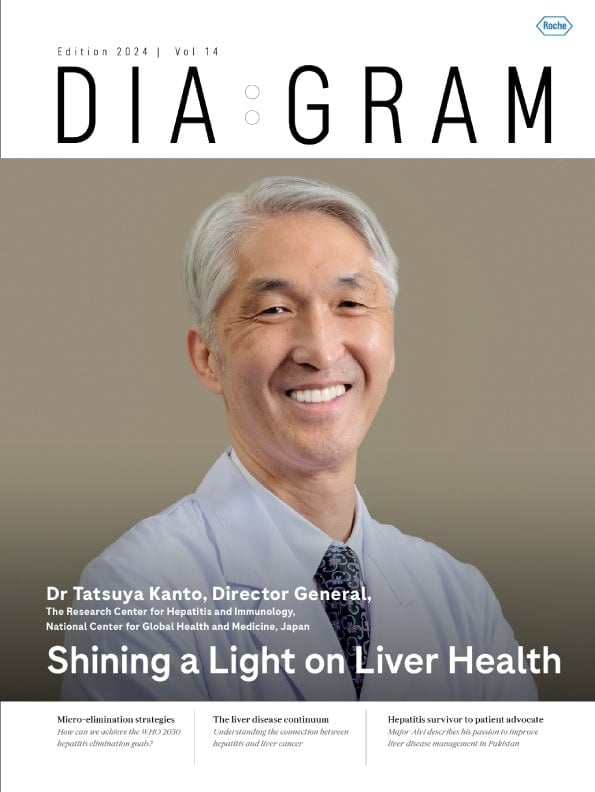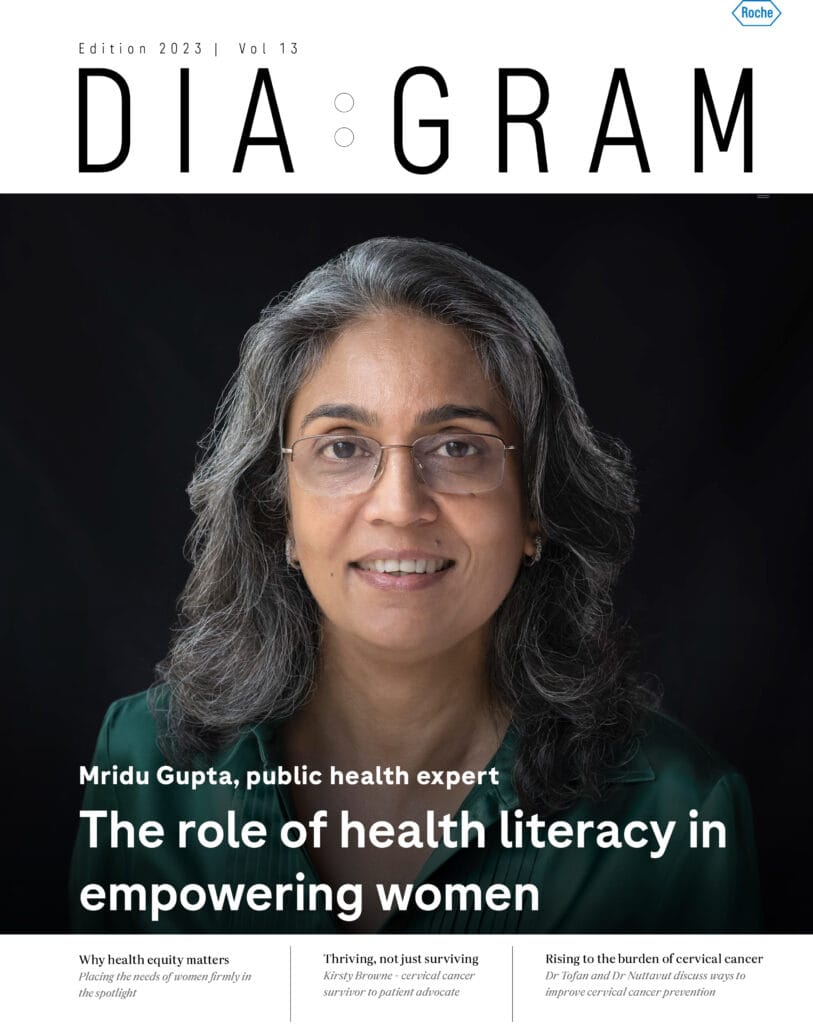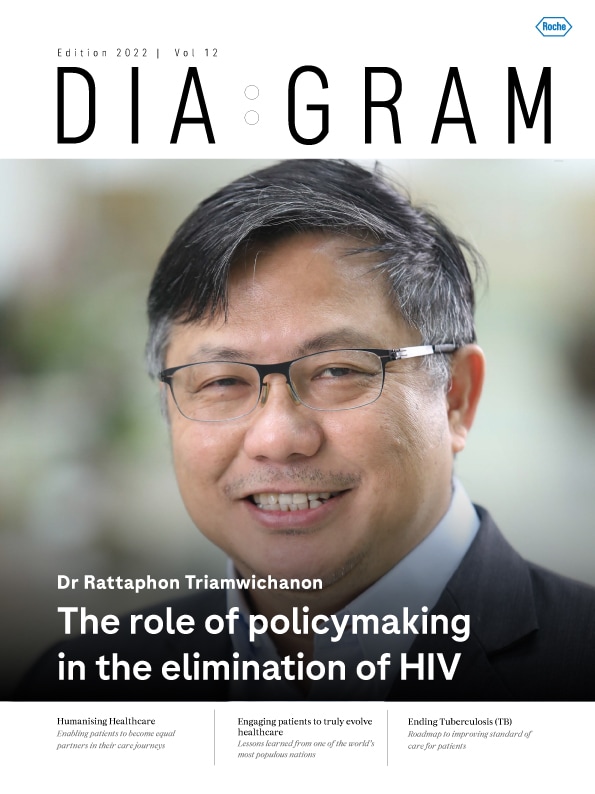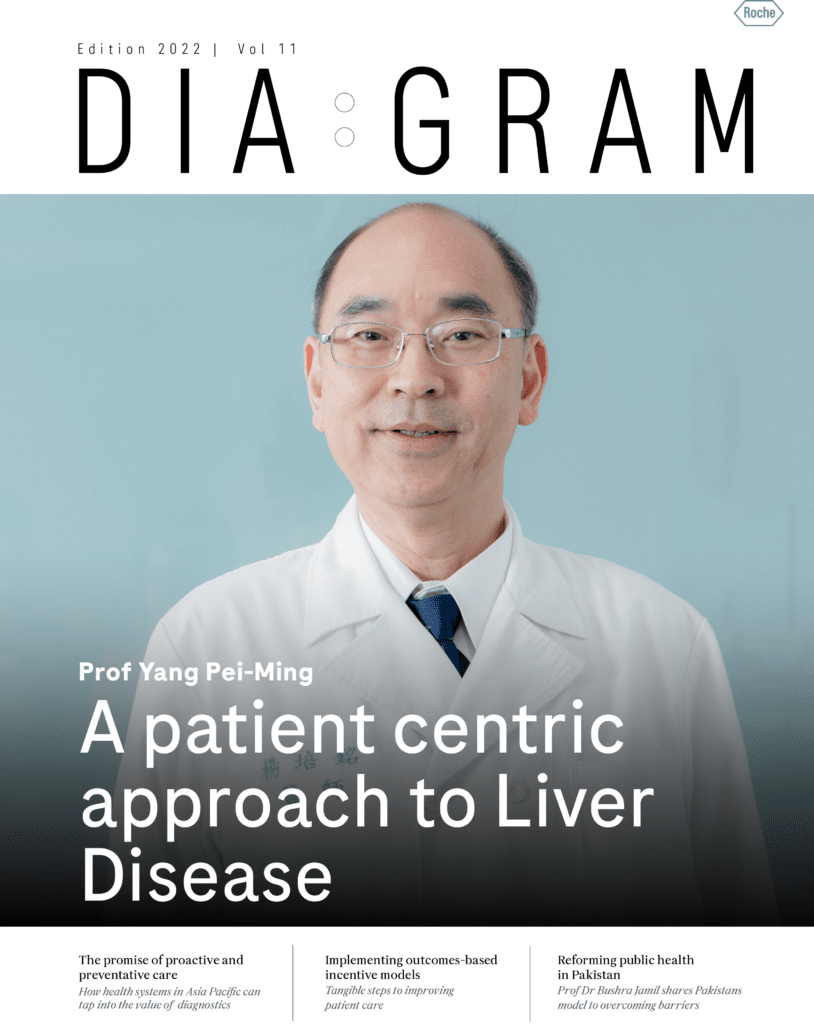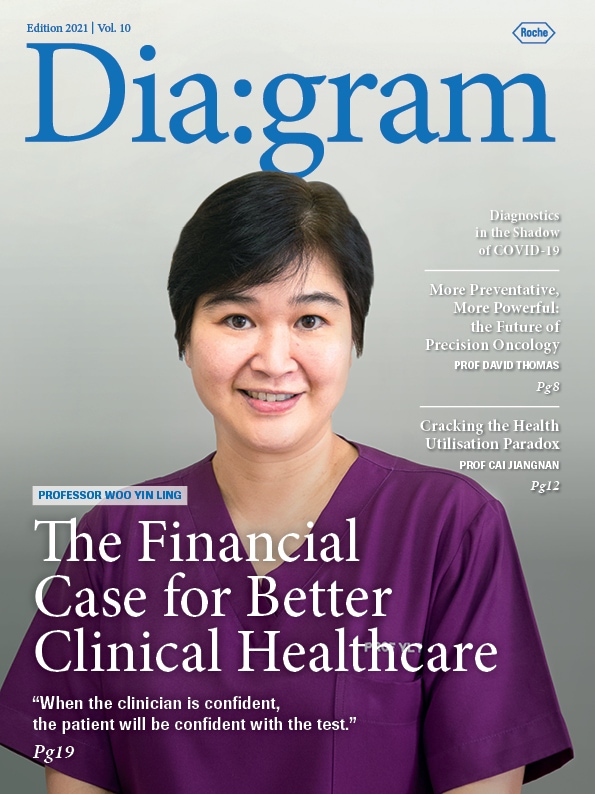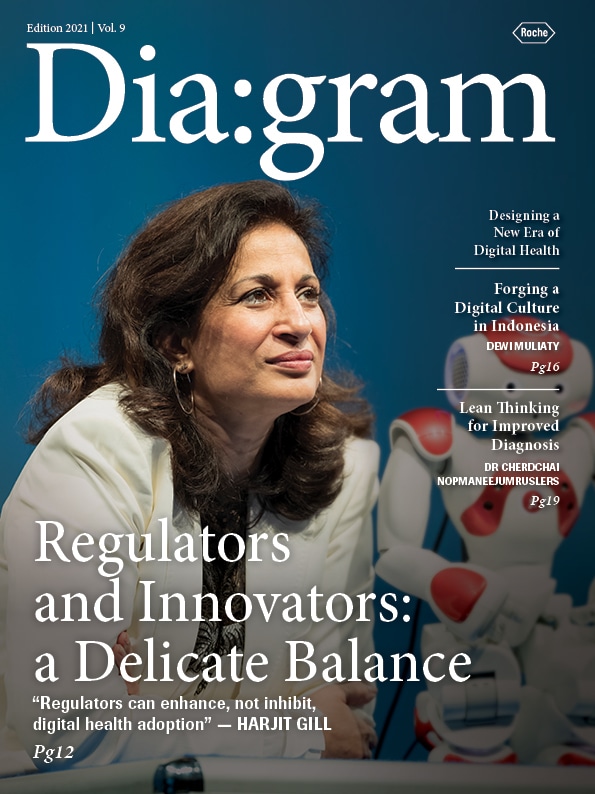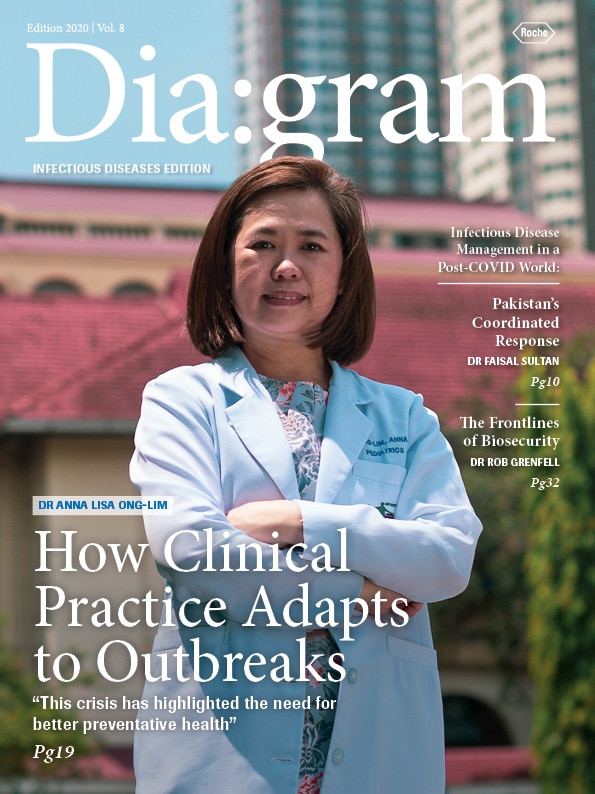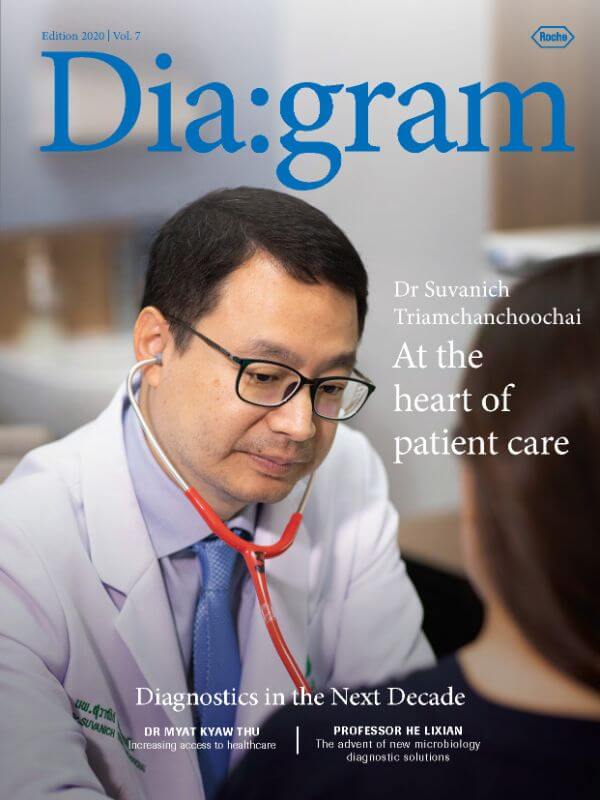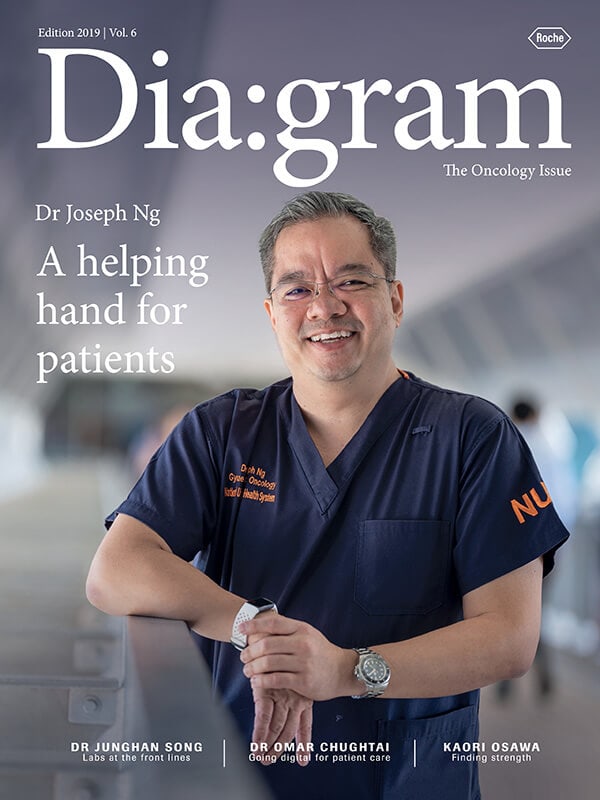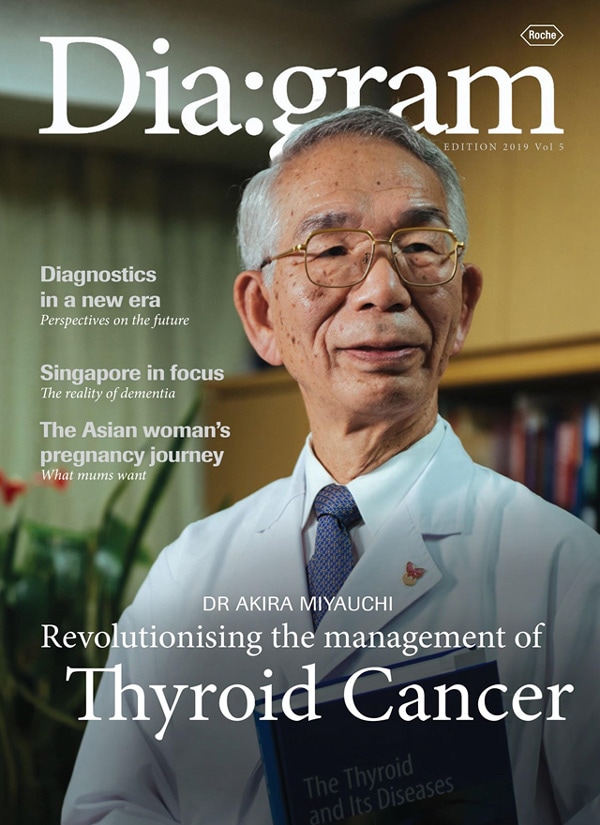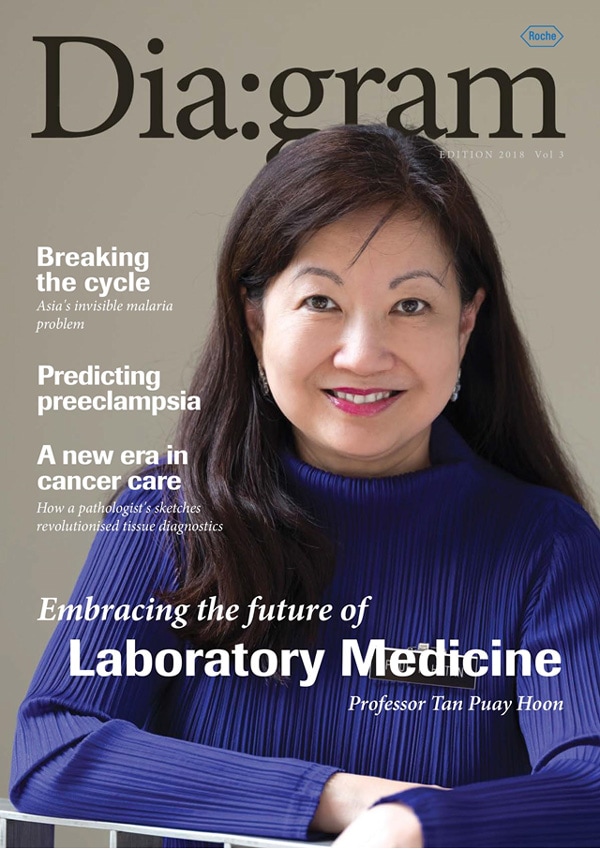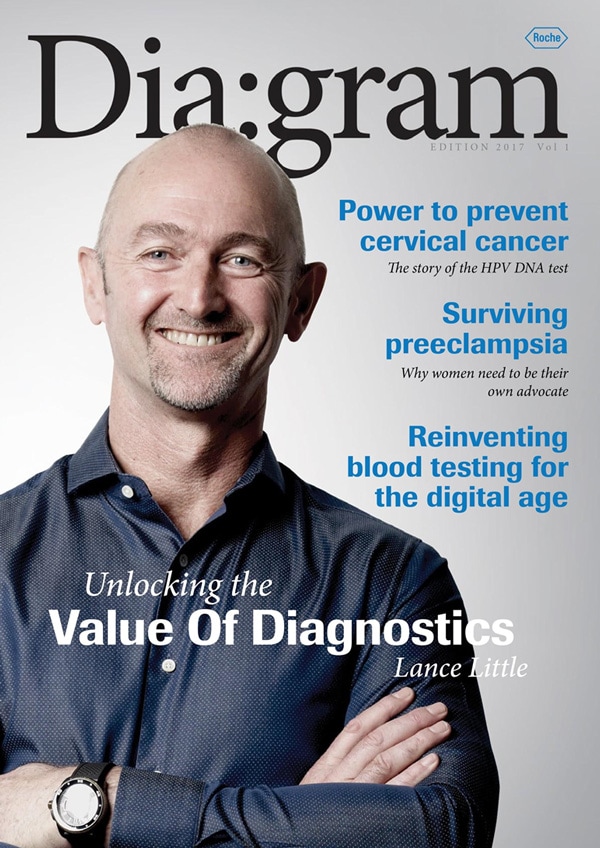Over the past decade, knowledge relating to the clinical diagnosis and management of thalassemia has progressed extensively. In Thailand’s case, the country has made significant strides in just two decades. Dr Vip Viprakasit, Professor of Paediatrics at the Department of Paediatrics and Thalassemia Center at Siriraj Hospital, Mahidol University, Bangkok, has played a pivotal role in firmly placing thalassemia on the national agenda. In this interview with Roche Diagram magazine, Dr Viprakasit shares how Thailand has become a model for countries in Asia and the Middle East.
Thalassemia is an inherited disorder of haemoglobin (Hb) synthesis that results in reduced or absent globin chain production. In Southeast Asia, α-thalassemia, β-thalassemia, Hb E and Hb Constant Spring (CS) are most commonly prevalent. The abnormal genes in different combinations lead to more than 60 different thalassemia syndromes, making Southeast Asia the sub-region with the most complex thalassemia genotypes.1
Local estimates state the incidence of α-thalassemia is at about 20–30%, at 3–9% for β-thalassemia, up to 54% for Hb E and nearly 8% for Hb CS.2 In all, about 30-40% of the Thai population are carriers of at least one of these abnormal genes.3 This figure places Thailand among the highest percentile of thalassemia carriers in the region.
Carriers of thalassemia usually have no clinical symptoms, and can be detected only through a screening program. “In countries where thalassemia and haemoglobinopathies are common, preventive measures are needed. Thailand was among the first countries in Southeast Asia to introduce a program in 1990 to screen pregnant women for the carrier gene. Apart from this, the National Health Corporation has helped make thalassemia treatment accessible through its national healthcare coverage scheme,” said Dr Viprakasit.
“When I first started, the prevalence of thalassemia in the country was about 30–35%, today it stands at 40–50%. This is because of the increase in screenings but also the poor awareness that remains among those with the carrier gene, that thalassemia will pass down to their children. There’s still a lot to do,” added Dr Viprakasit. To mitigate late screenings in pregnant mothers, Dr Viprakasit has advocated for, and implemented, a National Newborn Screening Program. At the moment, the program is still in the pilot phase, screening 1-2% of the approximately 650,000 newborns in Thailand every year but Dr Viprakasit has ambitious plans and wants to increase the screening to at least 10%.
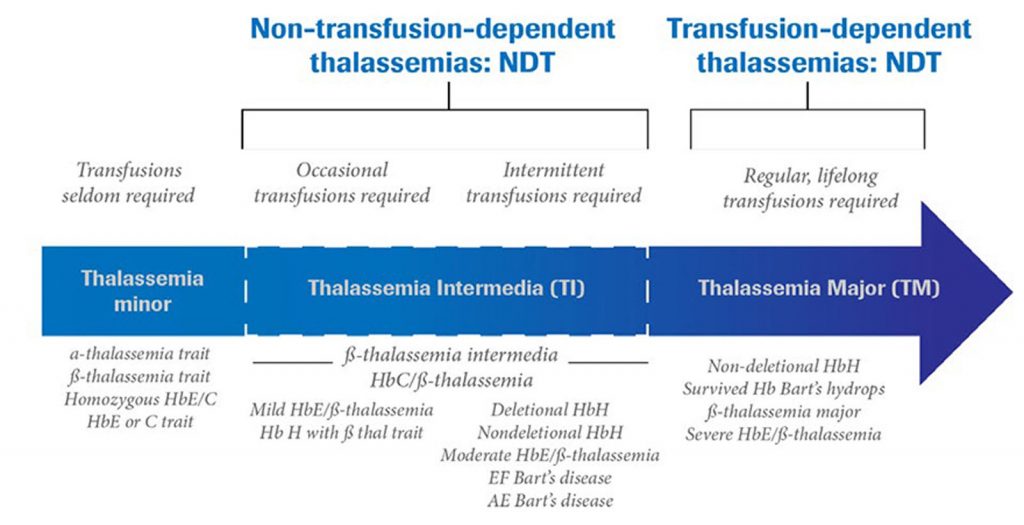
Overcoming hurdles
However, getting to this stage has not been without its challenges.
Dr Viprakasit explains that under the national screening program for the carrier gene, once the mother has been identified as being a carrier, the father is also encouraged to undergo screening for the carrier gene. But, he notes, that it is sometimes a challenge to convince men to undergo screening. “At present, I would say the number of male partners who come for the check-up ranges from about 20% to 80%. Now, if we could get this number consistently up to 80%, that would be ideal. But it’s often not the case.”
Because thalassemia is a lifelong genetic condition, it can often throw up other challenges such as requiring to take leave from work for regular blood transfusions, a weakened immune system and the ongoing cost of treatment.
In Dr Viprakasit’s view, with around 20,000 patients who are transfusion-dependent, the economic cost of thalassemia in Thailand is about 400,000 Thai baht per patient, per year. “This comes up to nearly four to five billion baht a year. This is an annual recurring expenditure for the rest of the patients’ lives.”
This is why he is a staunch advocate of screening.
We need better prevention to prohibit new patients from coming into the pool. Otherwise, the 20,000 patients today could go up to 50,000 or 60,000 patients in the future if we don’t prevent new cases.
Establishing Thailand as a centre of excellence
Thailand has been one of the world leaders in advancing haemoglobinopathies research and Dr Viprakasit and his team at Siriraj Hospital have been at the helm of many innovations in the field of thalassemia. As a result, Thailand is often called on to collaborate with other countries around the world to share best practices and clinical know-how.
One such example is his research pertaining to iron overload. “Excessive iron overload can lead to organ damage and cause mortality and morbidity in patients. So the evaluation of iron overload is one of my recent interests, because I need to help my patients through early detection, recommend the proper treatment and follow up with the proper tools”.
For this, Dr Viprakasit and his team developed a set of algorithms and software (for MRI) to calculate the level of iron in patients. This tool has proven effective in the early detection of iron overload, leading to treatment and follow-ups initiated in a timely manner. The software has been so successful that the results have been published in numerous international scientific journals, and is now being patented. Thailand is also collaborating with the Philippines and Brunei to ensure that the software is made accessible in these countries.
“We have a high prevalence of thalassemia in our country and that means we need to be the ones to find a solution. This is our commitment to the patients,” said Dr Viprakasit.
Dr Viprakasit sees diagnostics playing a crucial role at every step. “You cannot deny the value diagnostics adds throughout the patient’s journey. From screening for the carrier gene, conducting haemoglobin analysis, detecting genetic mutation to predicting clinical severity, monitoring and following up on treatment efficacy, diagnostics can help manage financial costs, and enhance the quality of life of patients,” he added.
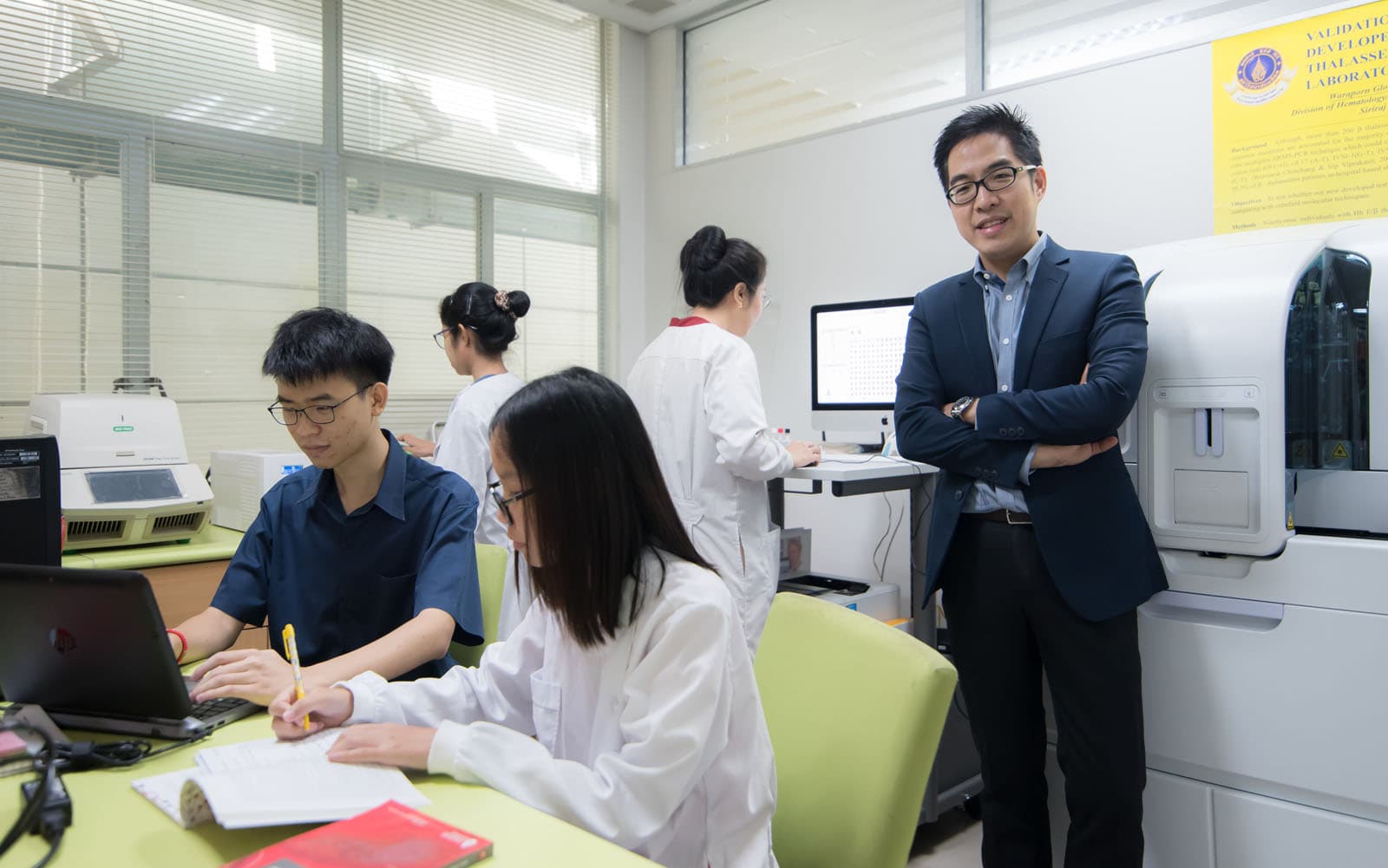
Raising the bar
Dr Viprakasit is a man on a mission. “When we first started, there was no specific national budget for thalassemia. As education and awareness grew, so did the budget – it started at 10 million baht a year, grew to 50 million baht and now it’s at 300 million baht,” Dr Viprakasit explains. “We hope the fund will grow to 600 million baht this year.”
He cites a number of initiatives that are underway to further increase awareness and education on thalassemia. On the educational front, more and more haematologists and paediatricians are being trained to identify the symptoms of thalassemia to be able to make quicker diagnosis – Thailand now has around 600 trained haematologists and paediatricians.
Thalassemia has also been incorporated into the main curriculum for medical education in Thailand.
Furthermore, a thalassemia network has been established to provide relevant resources for general practitioners, as well as raise awareness of the inter-hospital referral system that exists in Thailand.
Under this system, tests can be referred to main or regional hospitals, while haematologists in these hospitals can refer patients back to hospitals in their province to receive treatment, once patients have been diagnosed.
“In order to do more, we need to have collaborations to widen our network,” Dr Viprakasit says.
Another avenue is to have certified labs in different parts of Thailand that can process samples. Beyond that, Dr Viprakasit also envisions integration with information technology and data analytics.
In the end, Dr Viprakasit feels empowering patients is the key to beating thalassemia. “In this regard, I am very proud of what we have achieved as a country. Our campaigns target people across all sections of society and by doing this, we have managed to destigmatise thalassemia.”
“When they see someone like them come forward and say ‘I’m a carrier or patient with thalassemia, but there’s nothing wrong with that’, they find hope. They know there is life beyond the disease.”
References:
1 Ekwattanakit, Siritanaratkul, Viprakasit. 2018. American Journal of Hematology.
2Viprakasit, Ekwattanakit. 2018. NCBI.
3Viprakasit et al. 2018. American Journal of Hematology.

